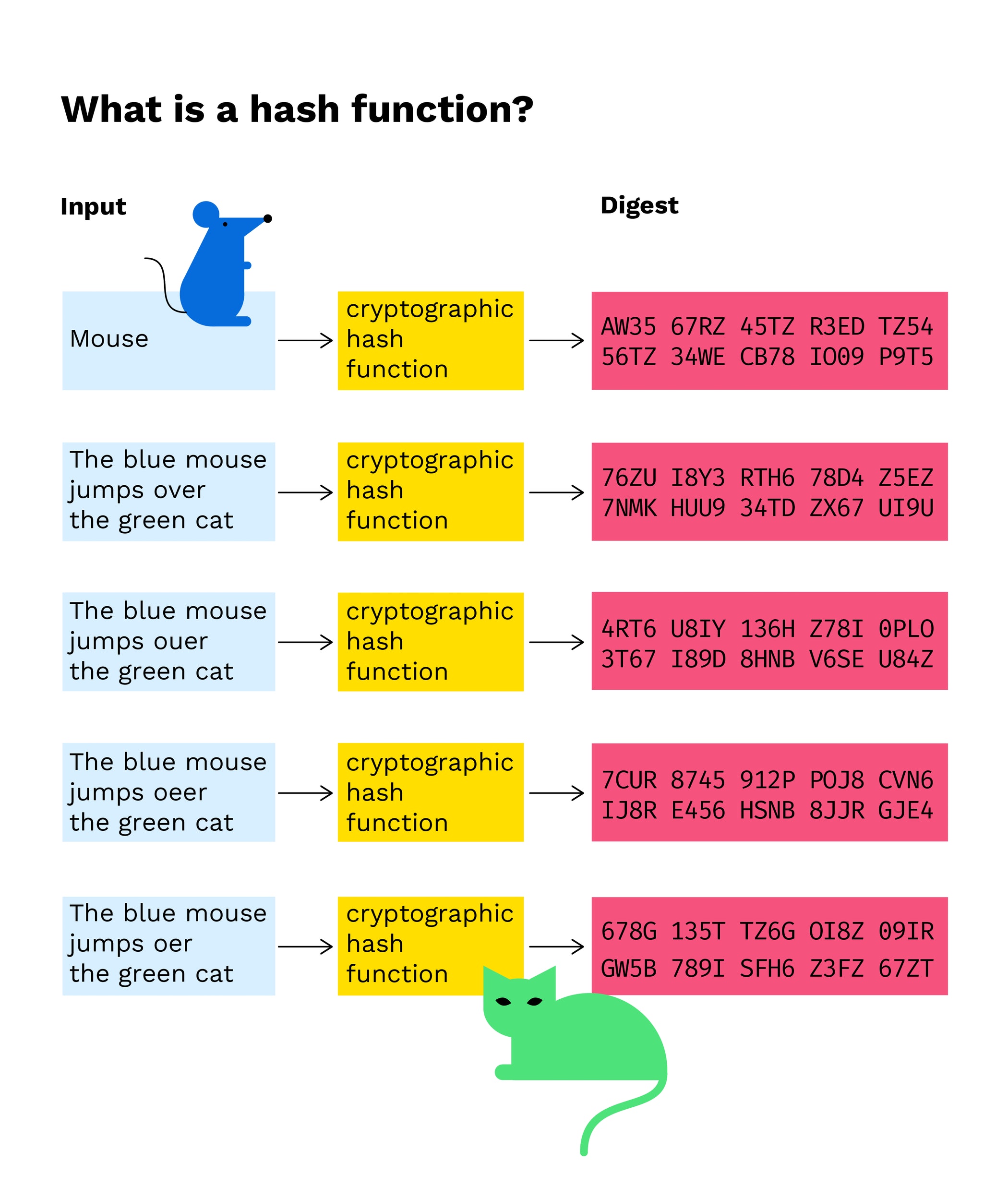What is the crypto.createHmac() module?
In cryptography,
An HMAC class is accountable for the Hash-based Message Authentication Code, which hashes the key and values to make one final hash.
Hash-based message authentication code (HMAC) allows you to supply digital signatures with the use of a shared secret. Crypto’s HMAC class uses the HMAC method for digital signing.
How does the crypto.createHmac() work?
The crypto.createHmac() method creates a HMAC object and then returns it. This HMAC uses the algorithm and key that will be passed. The elective options are used to control the stream behavior.
The key defined can be the HMAC key used to generate cryptographic HMAC hash. This HMAC hash function, as illustrated in the image above, is used to generate the authentication code for each message.
Syntax
crypto.createHmac(algorithm, key, [options])
Parameters
-
Parameters: Thecrypto.createHmac()takes in the parameters described below:-
Algorithm: This will depends on the accessible algorithms favored by the version of OpenSSL on the platform. It will return a string. The examples aresha256,sha512, etc. -
Key: This is the HMAC key used to create the cryptographic HMAC hash. It will return astring,Buffer,TypedArray,DataView, orKeyObject. If it is aKeyObject, then its type must be secret. -
Options: It is an optional parameter used to control stream behavior that returns an object. -
Return Type: It will return theHMAC objectthat has been created.
-
Examples
The following codes are examples of crypto.createHmac().
Example 1
// Node.js program to demonstrate the// crypto.createHmac() method// Includes crypto moduleconst crypto = require('crypto');// Defining keyconst secret = 'GfG';// Calling createHmac methodconst hash = crypto.createHmac('sha256', secret)// updating data.update('GeeksforGeeks')// Encoding to be used.digest('hex');// Displays outputconsole.log(hash);
The code above shows one of the examples of HMAC algorithms called SHA256 HMAC. Secure Hash Algorithm 256 comes under SHA2 and is a cryptographic hash function used to create hash values. It produces a 256-bit hash value known as the message digest. It is similar to hashing, the only difference being that it uses a secret key in hashing.
This code is taken from Geeks for Geeks.
Example 2
//Loading the crypto module in node.jsconst crypto = require('crypto');//creating hmac objectconst hmac = crypto.createHmac('sha512', 'yoursecretkeyhere');//passing the data to be hasheddata = hmac.update('nodejsera');//Creating the hmac in the required formatgen_hmac= data.digest('hex');//Printing the output on the consoleconsole.log("hmac : " + gen_hmac);
Secure Hash Algorithm 512 is another example of HMAC algorithms called SHA512 HMAC. This also comes under SHA2 and is a cryptographic hash function used to create hash values. The algorithm produces a 512-bit hash value known as the message digest. This hash value is the same as hashing the input with the SHA512 hashing algorithm, the only difference is that it involves hashing with the help of a secret key.
